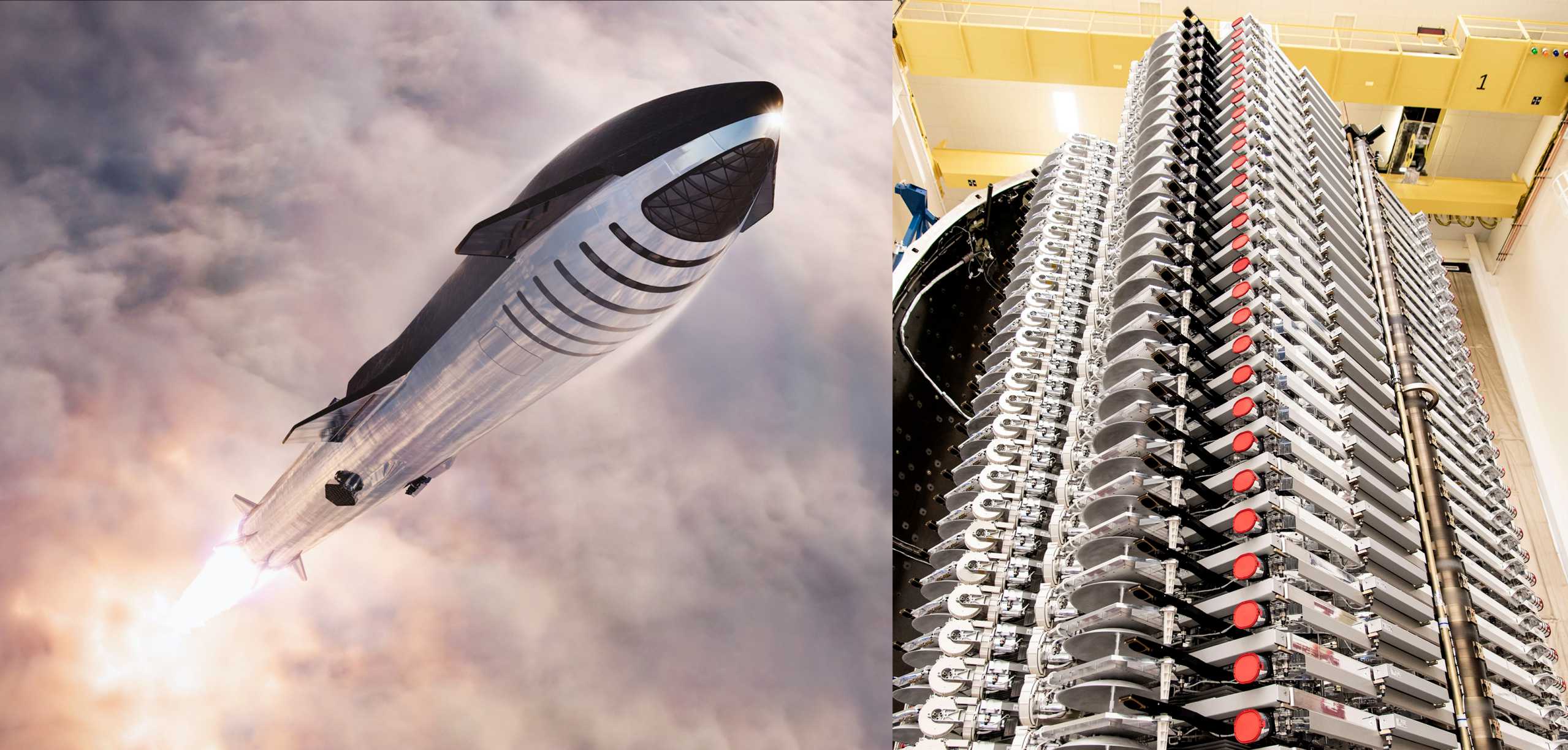
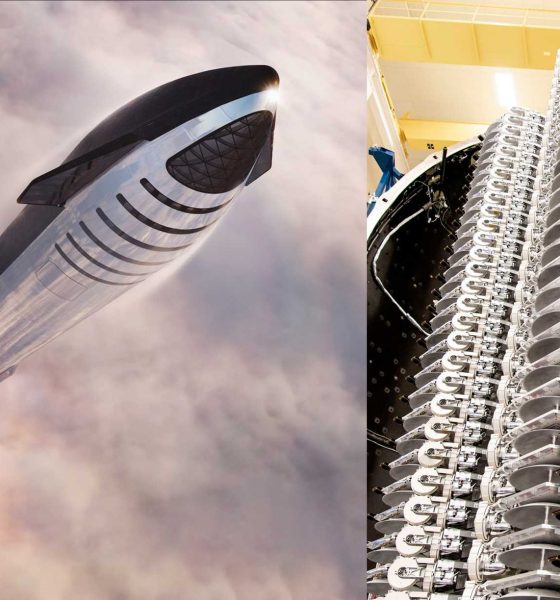
News
SpaceX raises more than half a billion dollars for Starship, Starlink programs
In the last three months, SpaceX has managed to raise more than half a billion dollars from private investors, money that will likely go directly into the company’s ambitious Starship and Starlink programs.
Despite a huge amount of public focus now placed on SpaceX’s successfully-realized human spaceflight ambitions, said by NASA to have been viewed live by no less than 10 million people around the world, the company is still committed to two extraordinarily ambitious development programs. Known as Starlink and Starship, both are integral to SpaceX’s founding goal of enabling the sustainable expansion of humanity into space.
Starship aims to be the world’s first fully-reusable orbital-class launch vehicle, nominally enabling SpaceX to place 150 metric tons (330,000 lb) in orbit with a single, low-cost launch. With orbital refueling from other Starship tankers, SpaceX could potentially send dozens of people to Mars at a cost that could put a ticket in reach of hundreds of millions of – if not more than a billion – people around the world. Starlink is no less ambitious and aims to blanket every inch of the Earth with high-quality, low-cost broadband internet via a fleet of more than 40,000 satellites. Both share three main similarities: they offer immense technical challenges, require extremely capital-intensive development programs, and may – if successful – enable the sustainable settlement of Mars.
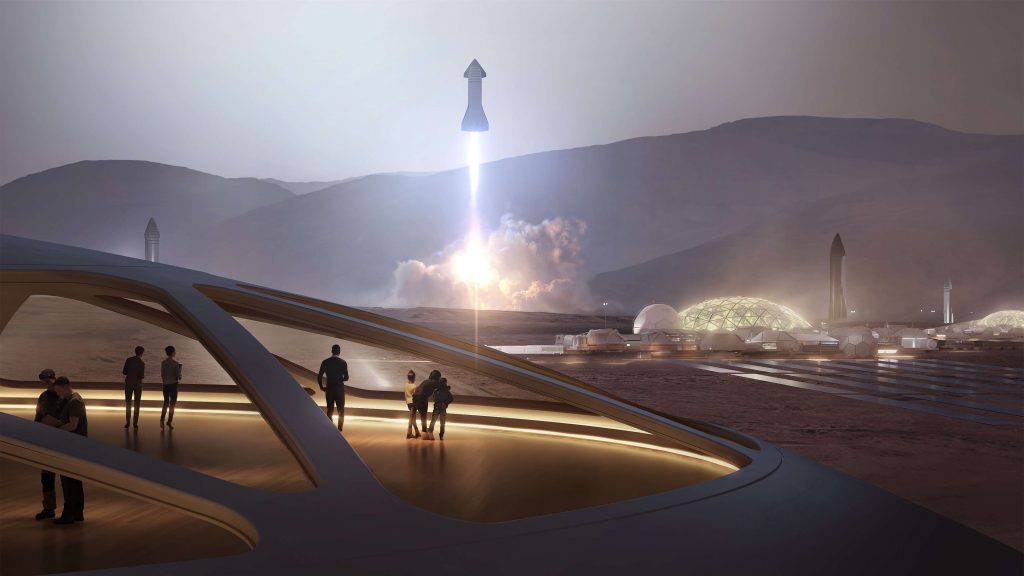
First reported by CNBC after SpaceX amended an SEC filing on May 26th, the news unsurprisingly fell through the cracks less than 24 hours before the company attempted its inaugural NASA astronaut launch. Initially said to have raised $567 million out of a target of $500 million, CNBC later revised their report on SpaceX’s latest round of funding, instead stating that the company had raised $346 million with a $349.9 million funding round.
As it turns out, the initial report was technically correct aside from its assertion that SpaceX was pursuing a $500M raise. Between two separate funding rounds seeking $250 million and $349.9 million, both opened on February 28th, 2020, SpaceX was able to raise $567 million of the $599.9 million it was hoping for from 27 investors. Based on SEC filings, SpaceX has now raised more than $1.6 billion since the start of 2019, nearly all of which has likely gone towards its expensive Starship and Starlink programs.
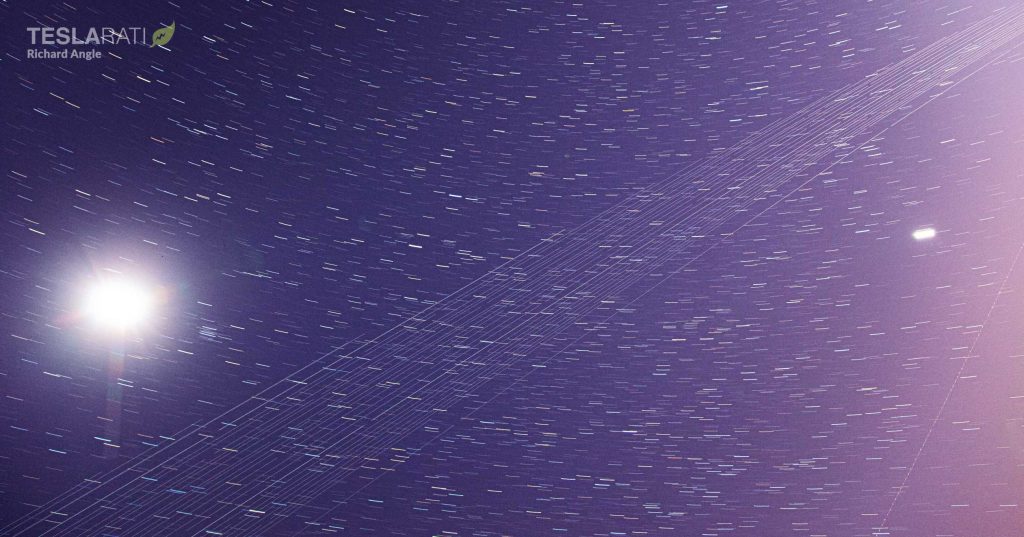
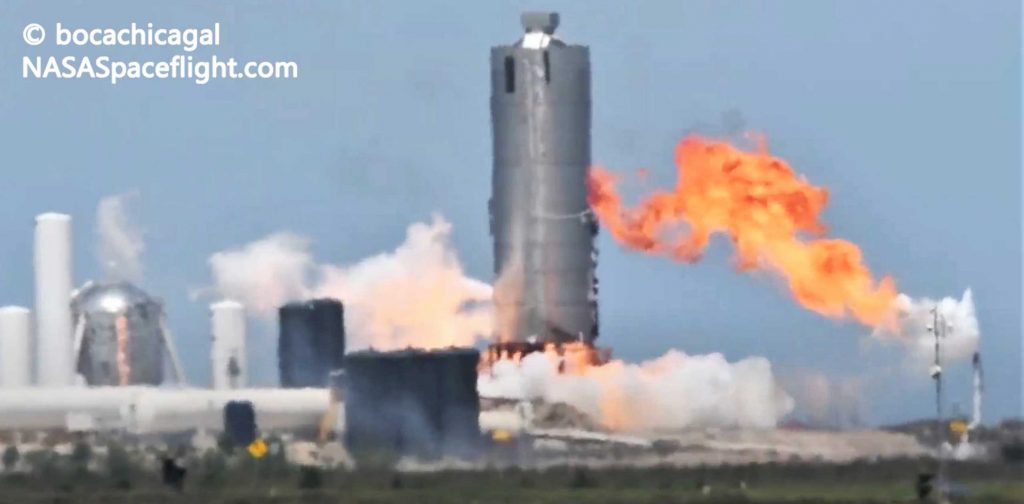
Incredibly, in just the last five months, SpaceX has managed to launch 360 Starlink satellites, while the next launch – scheduled no earlier than (NET) June 3rd – should give the company an orbital fleet around 475 satellites strong. Admittedly, 475 satellites represent barely more than 1% of the fleet SpaceX will need to realize its full Starlink ambitions, but it’s already the largest operational satellite constellation by more than a factor of two. By Starlink-14, potentially launching as early as August 2020, SpaceX can begin generating revenue by serving customers internet, revenue that – once profitable – could partially or fully fund Starship and Mars settlement development.
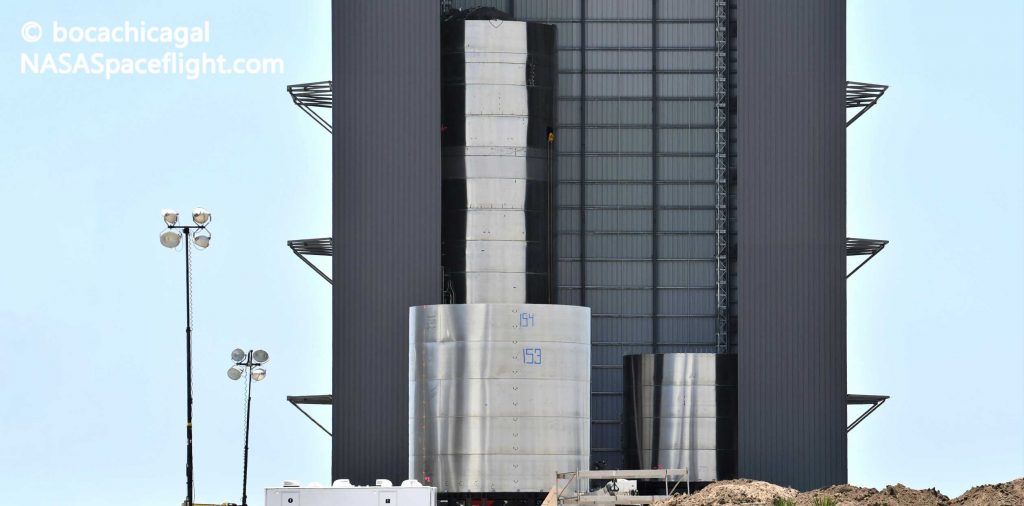
In the same period of time, SpaceX has dramatically expanded its South Texas Starship production facilities, built and tested several test tanks past the pressures needed for orbital flight, built and tested three full-scale Starship prototypes, and performed five successful Raptor engine static fires with one of those vehicles.
In short, the company has made extraordinary progress. Thanks to the unprecedented efficiency of Starship and Starlink production and the low cost and reusability of Falcon 9, SpaceX has also done so on a shoestring budget that would make its competitors and national space agencies recoil in disbelief. With another half a billion dollars in the bank and the continued support of Japanese billionaire Yusaku Maezawa, SpaceX has likely secured at least another 12-18 months of full-steam-ahead Starship and Starlink development.
Check out Teslarati’s Marketplace! We offer Tesla accessories, including for the Tesla Cybertruck and Tesla Model 3.

Elon Musk
Elon Musk’s X will start using a Tesla-like software update strategy
The initiative seems designed to accelerate updates to the social media platform, while maintaining maximum transparency.

Elon Musk’s social media platform X will adopt a Tesla-esque approach to software updates for its algorithm.
The initiative seems designed to accelerate updates to the social media platform, while maintaining maximum transparency.
X’s updates to its updates
As per Musk in a post on X, the social media company will be making a new algorithm to determine what organic and advertising posts are recommended to users. These updates would then be repeated every four weeks.
“We will make the new 𝕏 algorithm, including all code used to determine what organic and advertising posts are recommended to users, open source in 7 days. This will be repeated every 4 weeks, with comprehensive developer notes, to help you understand what changed,” Musk wrote in his post.
The initiative somewhat mirrors Tesla’s over-the-air update model, where vehicle software is regularly refined and pushed to users with detailed release notes. This should allow users to better understand the details of X’s every update and foster a healthy feedback loop for the social media platform.
xAI and X
X, formerly Twitter, has been acquired by Elon Musk’s artificial intelligence startup, xAI last year. Since then, xAI has seen a rapid rise in valuation. Following the company’s the company’s upsized $20 billion Series E funding round, estimates now suggest that xAI is worth tens about $230 to $235 billion. That’s several times larger than Tesla when Elon Musk received his controversial 2018 CEO Performance Award.
As per xAI, the Series E funding round attracted a diverse group of investors, including Valor Equity Partners, Stepstone Group, Fidelity Management & Research Company, Qatar Investment Authority, MGX, and Baron Capital Group, among others. Strategic partners NVIDIA and Cisco Investments also continued support for building the world’s largest GPU clusters.
News
Tesla FSD Supervised wins MotorTrend’s Best Driver Assistance Award
The decision marks a notable reversal for the publication from prior years, with judges citing major real-world improvements that pushed Tesla’s latest FSD software ahead of every competing ADAS system.

Tesla’s Full Self-Driving (Supervised) system has been named the best driver-assistance technology on the market, earning top honors at the 2026 MotorTrend Best Tech Awards.
The decision marks a notable reversal for the publication from prior years, with judges citing major real-world improvements that pushed Tesla’s latest FSD software ahead of every competing ADAS system. And it wasn’t even close.
MotorTrend reverses course
MotorTrend awarded Tesla FSD (Supervised) its 2026 Best Tech Driver Assistance title after extensive testing of the latest v14 software. The publication acknowledged that it had previously criticized earlier versions of FSD for erratic behavior and near-miss incidents, ultimately favoring rivals such as GM’s Super Cruise in earlier evaluations.
According to MotorTrend, the newest iteration of FSD resolved many of those shortcomings. Testers said v14 showed far smoother behavior in complex urban scenarios, including unprotected left turns, traffic circles, emergency vehicles, and dense city streets. While the system still requires constant driver supervision, judges concluded that no other advanced driver-assistance system currently matches its breadth of capability.
Unlike rival systems that rely on combinations of cameras, radar, lidar, and mapped highways, Tesla’s FSD operates using a camera-only approach and is capable of driving on city streets, rural roads, and freeways. MotorTrend stated that pure utility, the ability to handle nearly all road types, ultimately separated FSD from competitors like Ford BlueCruise, GM Super Cruise, and BMW’s Highway Assistant.
High cost and high capability
MotorTrend also addressed FSD’s pricing, which remains significantly higher than rival systems. Tesla currently charges $8,000 for a one-time purchase or $99 per month for a subscription, compared with far lower upfront and subscription costs from other automakers. The publication noted that the premium is justified given FSD’s unmatched scope and continuous software evolution.
Safety remained a central focus of the evaluation. While testers reported collision-free operation over thousands of miles, they noted ongoing concerns around FSD’s configurable driving modes, including options that allow aggressive driving and speeds beyond posted limits. MotorTrend emphasized that, like all Level 2 systems, FSD still depends on a fully attentive human driver at all times.
Despite those caveats, the publication concluded that Tesla’s rapid software progress fundamentally reshaped the competitive landscape. For drivers seeking the most capable hands-on driver-assistance system available today, MotorTrend concluded Tesla FSD (Supervised) now stands alone at the top.
News
Elon Musk’s Grokipedia surges to 5.6M articles, almost 79% of English Wikipedia
The explosive growth marks a major milestone for the AI-powered online encyclopedia, which was launched by Elon Musk’s xAI just months ago.

Elon Musk’s Grokipedia has grown to an impressive 5,615,201 articles as of today, closing in on 79% of the English Wikipedia’s current total of 7,119,376 articles.
The explosive growth marks a major milestone for the AI-powered online encyclopedia, which was launched by Elon Musk’s xAI just months ago. Needless to say, it would only be a matter of time before Grokipedia exceeds English Wikipedia in sheer volume.
Grokipedia’s rapid growth
xAI’s vision for Grokipedia emphasizes neutrality, while Grok’s reasoning capabilities allow for fast drafting and fact-checking. When Elon Musk announced the initiative in late September 2025, he noted that Grokipedia would be an improvement to Wikipedia because it would be designed to avoid bias.
At the time, Musk noted that Grokipedia “is a necessary step towards the xAI goal of understanding the Universe.”
Grokipedia was launched in late October, and while xAI was careful to list it only as Version 0.1 at the time, the online encyclopedia immediately earned praise. Wikipedia co-founder Larry Sanger highlighted the project’s innovative approach, noting how it leverages AI to fill knowledge gaps and enable rapid updates. Netizens also observed how Grokipedia tends to present articles in a more objective manner compared to Wikipedia, which is edited by humans.
Elon Musk’s ambitious plans
With 5,615,201 total articles, Grokipedia has now grown to almost 79% of English Wikipedia’s article base. This is incredibly quick, though Grokipedia remains text-only for now. xAI, for its part, has now updated the online encyclopedia’s iteration to v0.2.
Elon Musk has shared bold ideas for Grokipedia, including sending a record of the entire knowledge base to space as part of xAI’s mission to preserve and expand human understanding. At some point, Musk stated that Grokipedia will be renamed to Encyclopedia Galactica, and it will be sent to the cosmos.
“When Grokipedia is good enough (long way to go), we will change the name to Encyclopedia Galactica. It will be an open source distillation of all knowledge, including audio, images and video. Join xAI to help build the sci-fi version of the Library of Alexandria!” Musk wrote, adding in a later post that “Copies will be etched in stone and sent to the Moon, Mars and beyond. This time, it will not be lost.”








